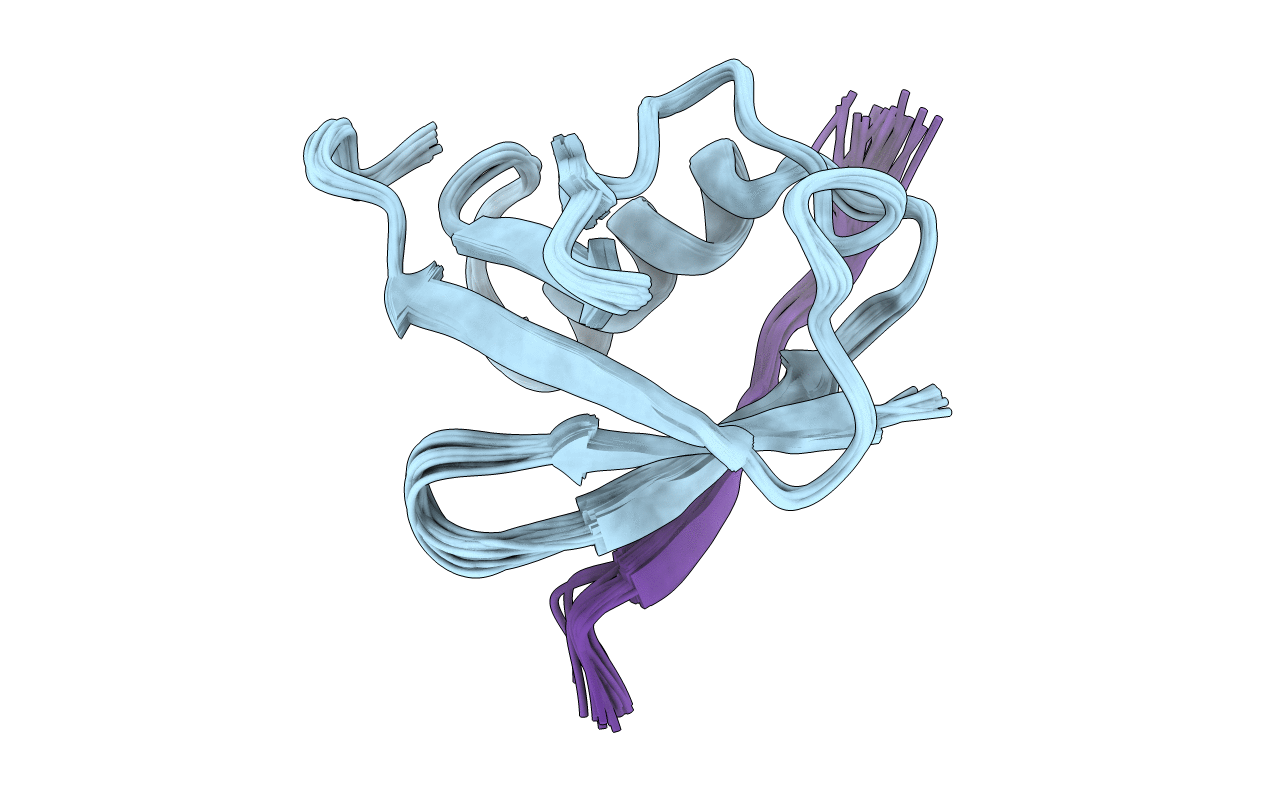
Deposition Date
2019-04-25
Release Date
2020-02-05
Last Version Date
2024-05-15
Entry Detail
Biological Source:
Source Organism:
Homo sapiens (Taxon ID: 9606)
Human herpesvirus 1 (Taxon ID: 10298)
Human herpesvirus 1 (Taxon ID: 10298)
Host Organism:
Method Details:
Experimental Method:
Conformers Calculated:
200
Conformers Submitted:
20
Selection Criteria:
structures with the lowest energy


